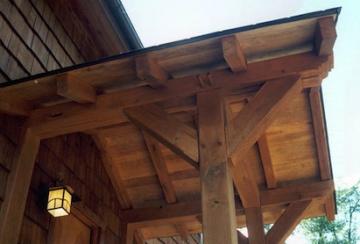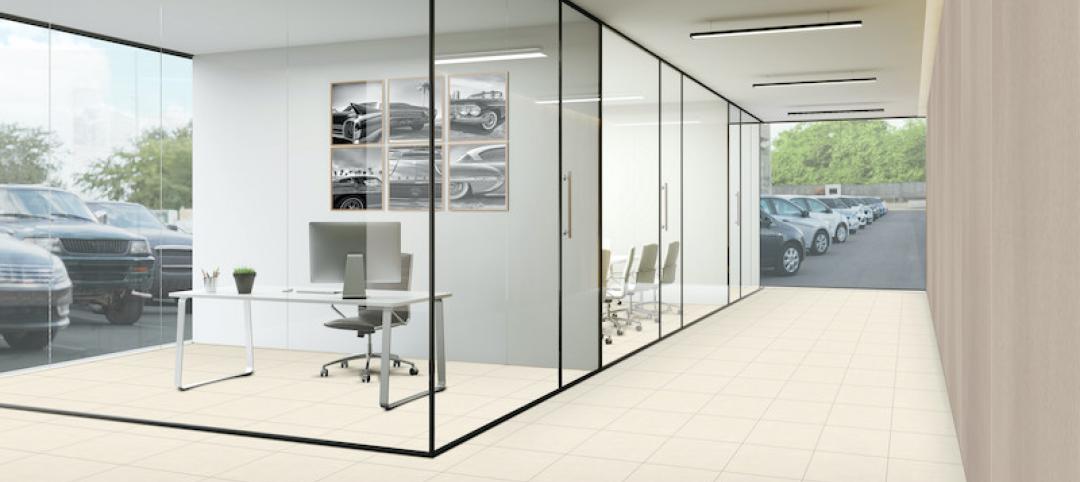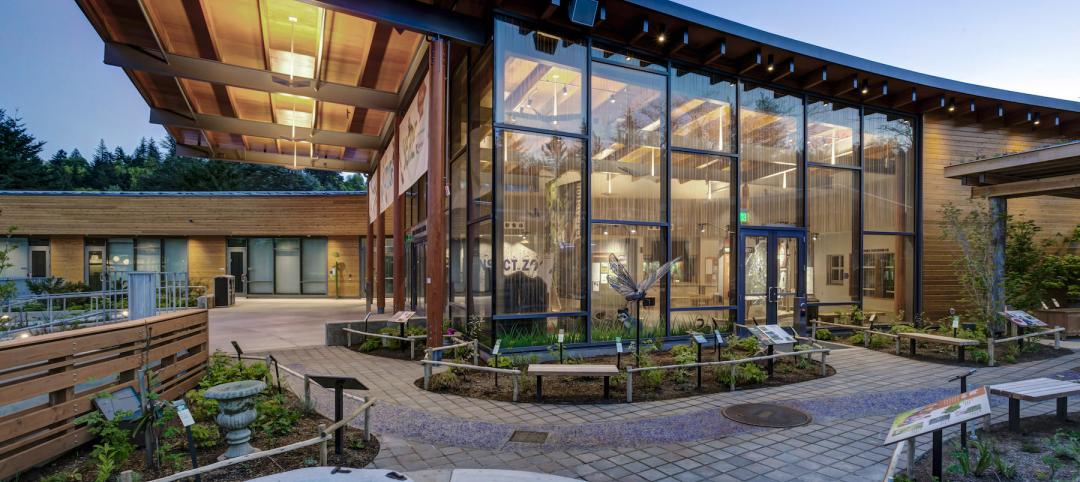Today, the U.S. Green Building Council (USGBC), developers of the global LEED (Leadership in Energy and Environmental Design) green building certification program, and Underwriter Laboratories (UL), the world’s leading safety and certification group, have announced an exclusive strategic partnership centered on building product transparency and occupant health and safety.
The partnership, the first of its kind in the building and certification industry, will roll out several targeted initiatives focused on increasing disclosure, awareness and transparency of building product composition and the manufacturing processes. The goal of the program is to accelerate market transformation and the overall quality and performance of buildings.
The first initiative of the partnership is the creation of a joint Environmental Product Declaration (EPD). EPDs are a standardized way of quantifying the environmental impact of a product or system. The joint USGBC-UL EPDs are a solution to increase transparency in building materials and products that are being used in our buildings, homes, schools, hospitals and other structures.
“UL is the foremost established leader in the EPD field and is uniquely positioned to provide third party assurance for the LEED green building program. We are thrilled to engage in this partnership which we believe will make a great impact across the market – both for manufacturers that want to establish themselves as leaders in the marketplace and for consumers who are increasingly demanding transparency in what is being used to construct and maintain the places where they live, learn, work and play,” said USGBC President, CEO & Founding Chair Rick Fedrizzi.
“Lifecycle impacts and human health are two of the key underpinnings LEED. We believe in buildings and products that limit environmental impact from conception to completion and that optimize the health of our families, colleagues and customers. UL is the world’s leading safety consulting and certification group, and our partnership will advance that mission enormously,” continued Fedrizzi.
“USGBC, creators and developers of the global LEED Green Building Rating system, are natural strategic partners for the work that UL is continuing to lead in the marketplace,” stated Sara Greenstein, president of UL's Environment and Information and Insights Business Unit. “As a global leadership standard for green buildings, USGBC’s commitment to material transparency as a key component of human health and wellness in LEED makes for a partnership that will reverberate throughout the industry.”
Buyers are demanding to know the full extent of a product’s environmental and health impacts,” continued Greenstein. “Transparency into the impacts of a product at each stage of its lifecycle has become a critical driver of purchases and specifications. Since this market is still evolving, and because the quality and consistency of data can vary greatly, we are working diligently to ensure that buyers and LEED users can trust that the information on which they rely is accurate, and that it complies with the new credit requirements. This partnership between USGBC and UL will help businesses, individuals and project teams better understand the products they are including in their building projects, and have greater clarity about how those products can contribute to LEED credits,“ Greenstein concluded.
Scot Horst, Senior Vice President for Global Innovation and LEED at USGBC stated that USGBC would continue to forge strategic alliances such as these in the marketplace in order to drive the customer experience toward increased consumer education.
“As LEED continues to evolve and we look at how USGBC can continue to transform the marketplace, we know that increased consumer education and market knowledge will drive consumer choices to more responsible and sustainable products. This is the first time USGBC is tying the built environment to products that will receive LEED credit, which is a huge step toward preventing green-wash and clear consumer market choice.”
Horst continued, “This partnership will accelerate LEED in the marketplace and help maintain its leadership standard through technical rigor and stringency. Equally important, it will incentivize those product manufacturers out there who are doing amazing things with their products and establishing themselves as leaders within their industry. We want to create a system to reward them.”
EPDs provide a credit achievement path in LEED v4, the newest version of the LEED rating system that is being released this week at USGBC’s annual Greenbuild International Conference & Expo. EPDs will help create avenues for future generations of LEED. “There is a great more to learn about life-cycle assessment and LEED and this USGBC UL partnership is the first step,” concluded Horst.
Related Stories
Sponsored | BD+C University Course | May 3, 2022
For glass openings, how big is too big?
Advances in glazing materials and glass building systems offer a seemingly unlimited horizon for not only glass performance, but also for the size and extent of these light, transparent forms. Both for enclosures and for indoor environments, novel products and assemblies allow for more glass and less opaque structure—often in places that previously limited their use.
Sponsored | BD+C University Course | Apr 19, 2022
Multi-story building systems and selection criteria
This course outlines the attributes, functions, benefits, limits, and acoustic qualities of composite deck slabs. It reviews the three primary types of composite systems that represent the full range of long-span composite floor systems and examines the criteria for their selection, design, and engineering.
Wood | Apr 13, 2022
Mass timber: Multifamily’s next big building system
Mass timber construction experts offer advice on how to use prefabricated wood systems to help you reach for the heights with your next apartment or condominium project.
Sponsored | BD+C University Course | Apr 10, 2022
Designing with commercial and industrial insulated metal wall panels
Discover the characteristics, benefits and design options for commercial/industrial buildings using insulated metal panels (IMPs). Recognize the factors affecting panel spans and the relationship of these to structural supports. Gain knowledge of IMP code compliance.
Building Materials | Feb 17, 2022
3D-printed megapanels, unitized window-wall assemblies now available from Sto Corp.
Panel manufacturer is collaborating with Branch Technology and Kawneer North America on prefabrication solutions for building facades.
3D Printing | Jan 12, 2022
Using 3D-printed molds to create unitized window forms
COOKFOX designer Pam Campbell and Gate Precast's Mo Wright discuss the use of 3D-printed molds from Oak Ridge National Lab to create unitized window panels for One South First, a residential-commercial high-rise in Brooklyn, N.Y.
Building Materials | Nov 29, 2021
Daltile expands its Unity Collection of porcelain tiles with a new color
Addition of "Taupe" gives Daltile's Unity Collection three warm and three cool colors.
Urban Planning | Nov 11, 2021
Reimagining the concrete and steel jungle, SOM sees buildings that absorb more carbon than they emit
The firm presented its case for a cleaner built environment during the Climate Change conference in Scotland.
Sustainability | Oct 28, 2021
Reducing embodied carbon in construction, with sustainability leader Sarah King
Sustainability leader Sarah King explains how developers and contractors can use the new EC3 software tool to reduce embodied carbon in their buildings.
Sponsored | Glass and Glazing | Oct 1, 2021
Specifying Responsibly to Save Birds’ Lives
Realizing sustainable, bird-friendly glass design

















